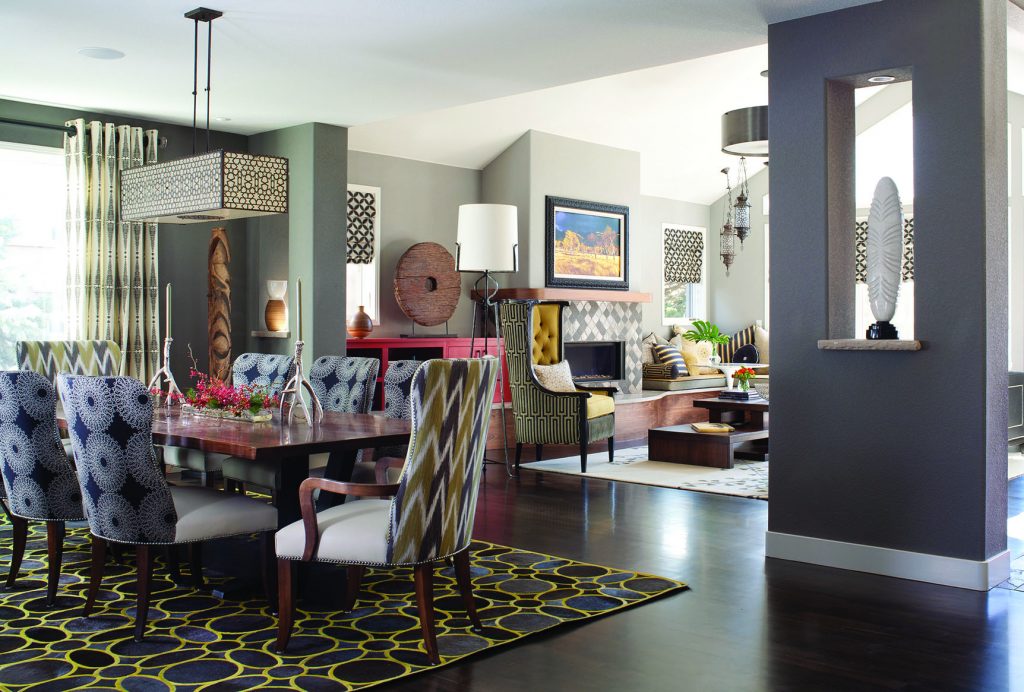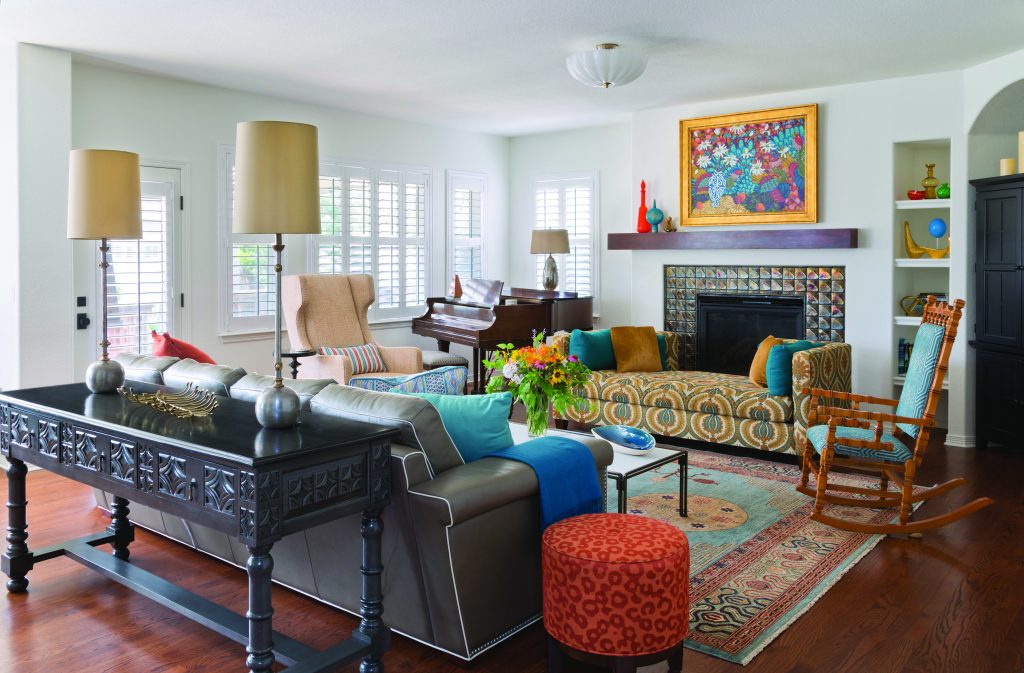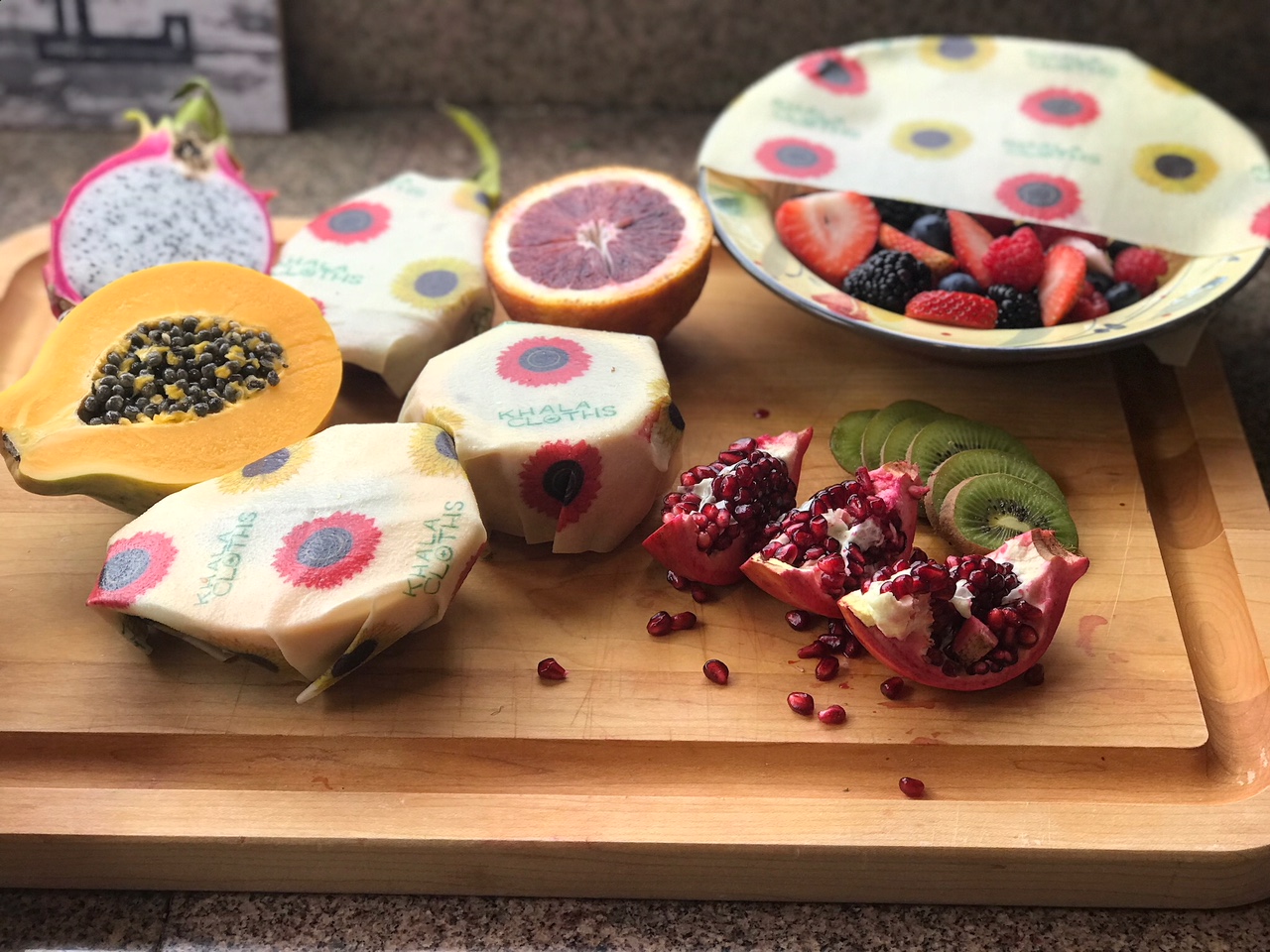Patterns, Patterns Everywhere
21 Jul 2020
How to be big, bold and beautiful when designing with patterns
By Ruthanne Johnson
Have you ever walked into a home that had a crazy mix of patterns in the décor: circles and stripes, paisleys and polka dots, triangles, florals, zigzags, and octagons? Perhaps the effect was an eye-jarring hodgepodge that made you want to run to the nearest white room. Or maybe the patterns somehow worked, making you feel like melting into the sofa with a good book. When arranged purposefully, patterns enhance a home, says interior designer Helly Duncan with Louisville’s Design Matters Home. “They tie together colors, shapes and textures to create a beautiful cohesion that makes the space interesting and inspiring.” Flat and solid finishes and furnishings typically blend together so that nothing draws your attention. “Patterns give your eye somewhere to pause and take notice,” says Boulder interior designer Jennifer Rhode. Unexpected pattern pieces then become pleasant surprises in the décor. When not chosen carefully, though, patterns can make a room feel jumbled and frantic. “The most common mistakes are either overdoing or underdoing patterns in a space,” Rhode says. “Therefore, balance is essential.” A great starting point is to honor your personal preferences, suggests Denver interior designer Erika Rundiks. “That could mean a certain color or pattern, or a piece of furniture or art, and you build from there.” Rundiks typically begins by walking through a home with clients to discuss color and cultural preferences, like art from travels or furnishings from afar. “It’s fun to make those things you love a focal point in your design,” she says. To help get your pattern ball rolling, we asked these pros to explain their approaches to adding, mixing and matching patterns in the home using photos of their projects as examples. Build on their advice, and go bold!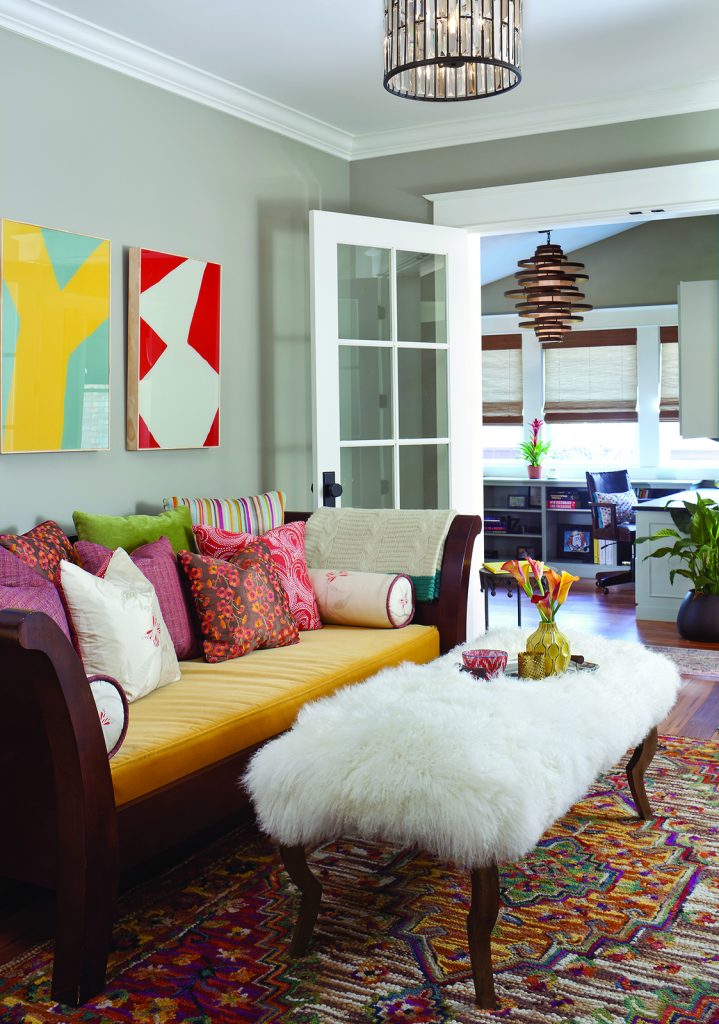

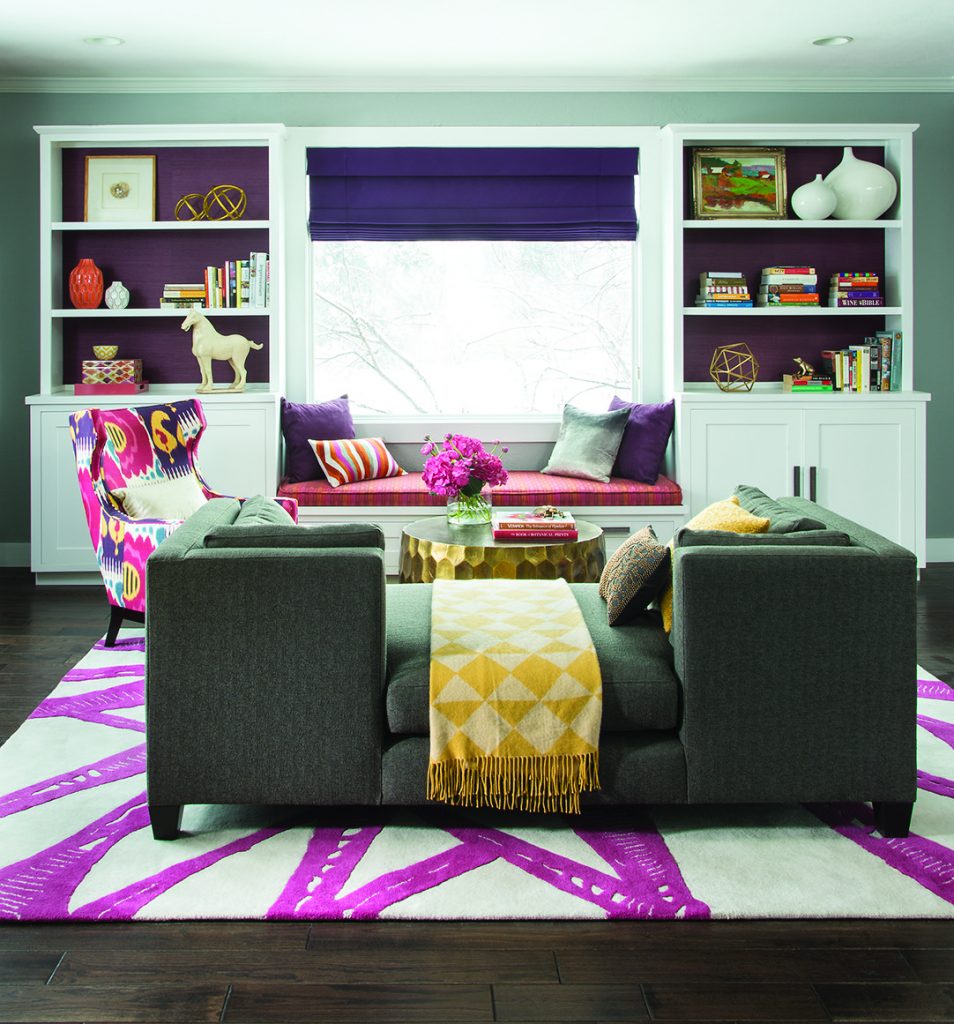
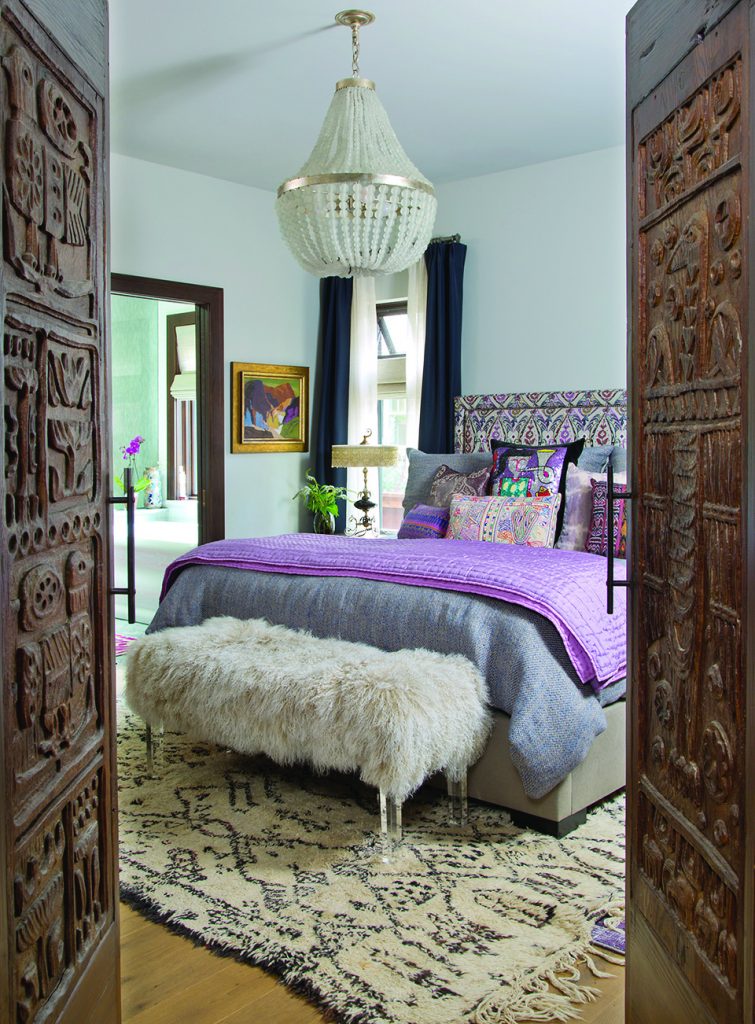

Putting Patterns Together
Here are designer tips for picking patterns for a room. 1. Choose a favorite thing you’d like to highlight in a room. This could be a furnishing, an art piece, a rug or even a color. 2. Pick a color palette you like and then choose colors with similar hues for your patterns (but don’t mix white patterns with off-white patterns). 3. Choose three patterns to combine with your favorite thing. The trick is to contrast the scale of these patterns, from large to small. The first pattern should be your largest-scale pattern, which could have many colors. The second pattern should be very different from your first, and half the scale, but still have some of the colors in your first pattern. Your third pattern can be similar to either your first or second pattern, but it should be the smallest scale and contain the fewest colors. 4. Consider textures. Do you want casual (think cotton) or traditional (think damask) fabrics and textures? 5. Keep it balanced. Spread patterns, textures and colors throughout the décor to avoid giving too much weight to any particular area of the room. 6. Give the eye places to rest, whether they’re white walls, solid furnishings or single-colored items.

